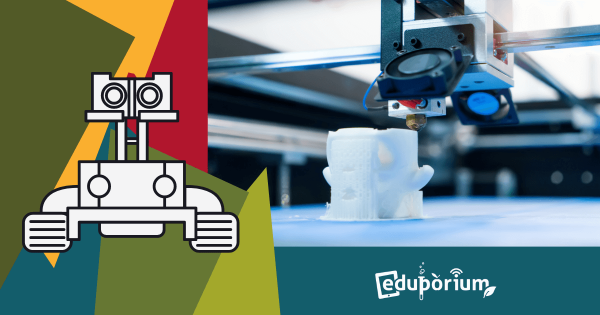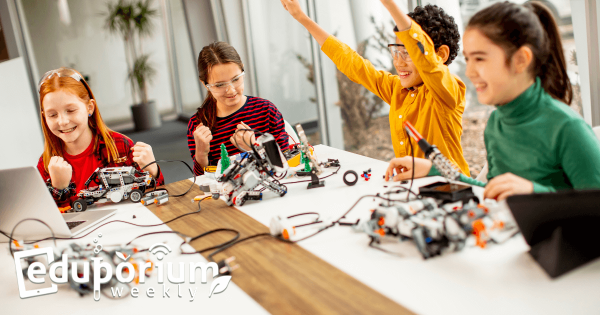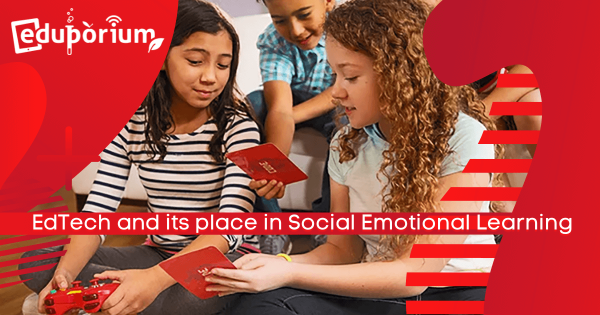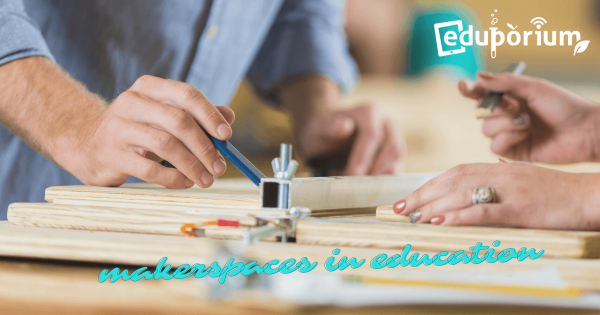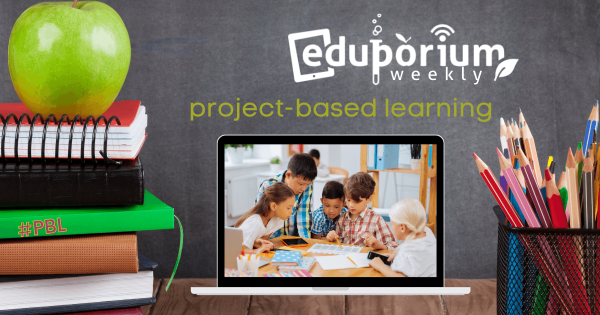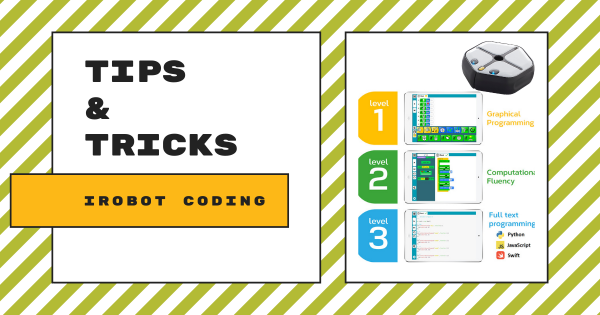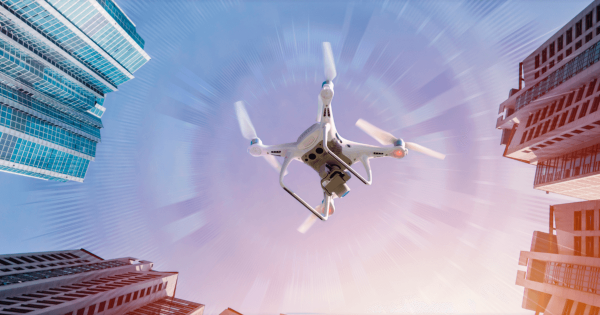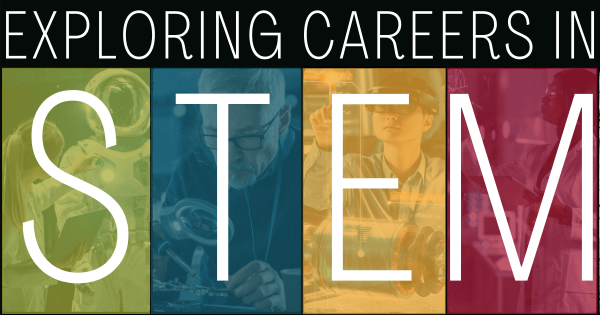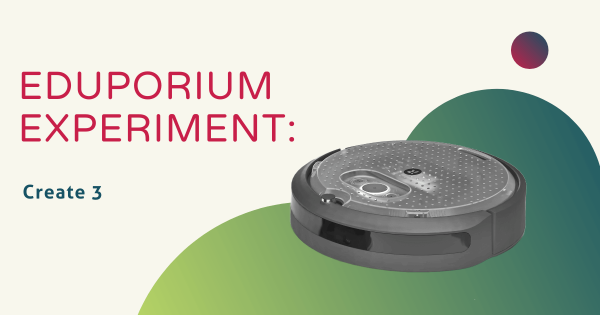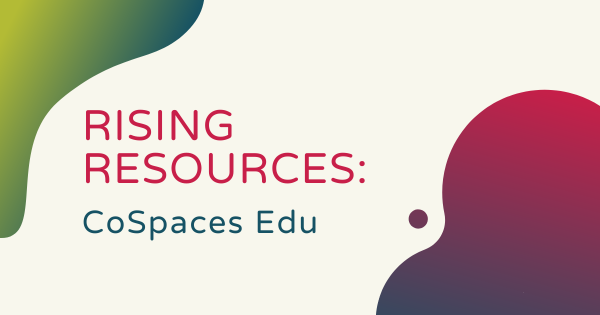As EdTech tools evolve, their defining characteristics are often changing as well and, as we get further into the 21st century with a collectively stronger understanding of how to prepare our students for the future, those features keep improving. So, this week, we’re breaking down some of the very best things to look for as you vet any new educational
Search results for 'additional'
-
Eduporium Weekly | Good STEM Enrichment Activities In Schools
STEM experiences can help children thrive in so many ways and teachers are always finding new ideas for improving them. One of the most popular options, of course, is through enrichment programs. The benefits of STEM learning are great but they’re often capped in the classroom, meaning that more school leaders are encouraging STEM participation outside school. -
EdTech And Social-Emotional Learning
With classroom SEL practices come key opportunities for students to learn some of the most significant social-emotional skills for the future, including self-awareness, goal setting, and social awareness. And, if more educators learn to seamlessly integrate EdTech tools in SEL instruction, they can help to unlock new benefits and expand how SEL impacts kids’ development. -
Eduporium Weekly | Some Ideas For Values In Your Makerspace
Perhaps for the best, there’s no blueprint for creating a school makerspace but there are some strategies teachers could employ that might help to set theirs apart. Whether your makerspaces are big, tiny, stationary, mobile, or full of high- or low-tech tools, here are some of the coolest characteristics that the best makerspaces share—both physical features and attitudes. -
Eduporium Weekly | Rewards Of Cross-Curricular PBL
Discovering connections through active experiences is a chief cornerstone of PBL and helps students establish authentic feelings for their causes. As such, knowing the impacts these connections can have among children is key for the educators who are leading them. And, this is especially true as they leverage them across the curriculum to connect different subjects. -
Tips & Tricks | The Root + iRobot Coding
The Root Robot by iRobot Education is regularly among the most versatile educational robotics devices. With its three levels of coding and something for all students—from pre-readers up to veteran programmers—within their iRobot Coding platform, instructors can access impactful STEAM projects, incorporate new coding concepts, and boost students’ CS development. -
Alternatives To The DJI Tello EDU Coding Drone
A part of medicine, agriculture, research, and more, drones are increasingly prevalent in a wide range of fields. Therefore, it’s more necessary than ever to integrate them into STEAM education. Using these five options, children can combine drone piloting with coding, engineering, and design. They will build obstacle courses, code choreography, and have fun with STEM! -
STEM Careers And What Today's Students Should Know
STEM education is obviously a major piece of 21st century instruction and we know how important these experiences are for students. Many of those hard and soft skills they learn throughout elementary, middle, and into high school often help them better transition into a future career. Plus, for more and more of them, that career might be very closely related -
Eduporium Experiment | iRobot Create 3 Robot
Although it’s a more advanced robotics tool, the Create 3 is certainly viable for any classroom. The biggest differentiator between the Create 3 and the Root Robots comes with its programming functionalities, which are almost entirely centered on text-based programming in Python but teachers could also, however, use it to introduce students to the world of ROS 2. -
Rising Resources | The CoSpaces Edu App
Besides creating their own virtual reality content, students can also use the CoSpaces Edu app to explore coding. Within this online platform, they can access this Blockly editor for drag-and-drop programming practice. Called CoBlocks, this visual language is simple for beginners and, as children get better at creating programs, they can move on to script-based languages.



